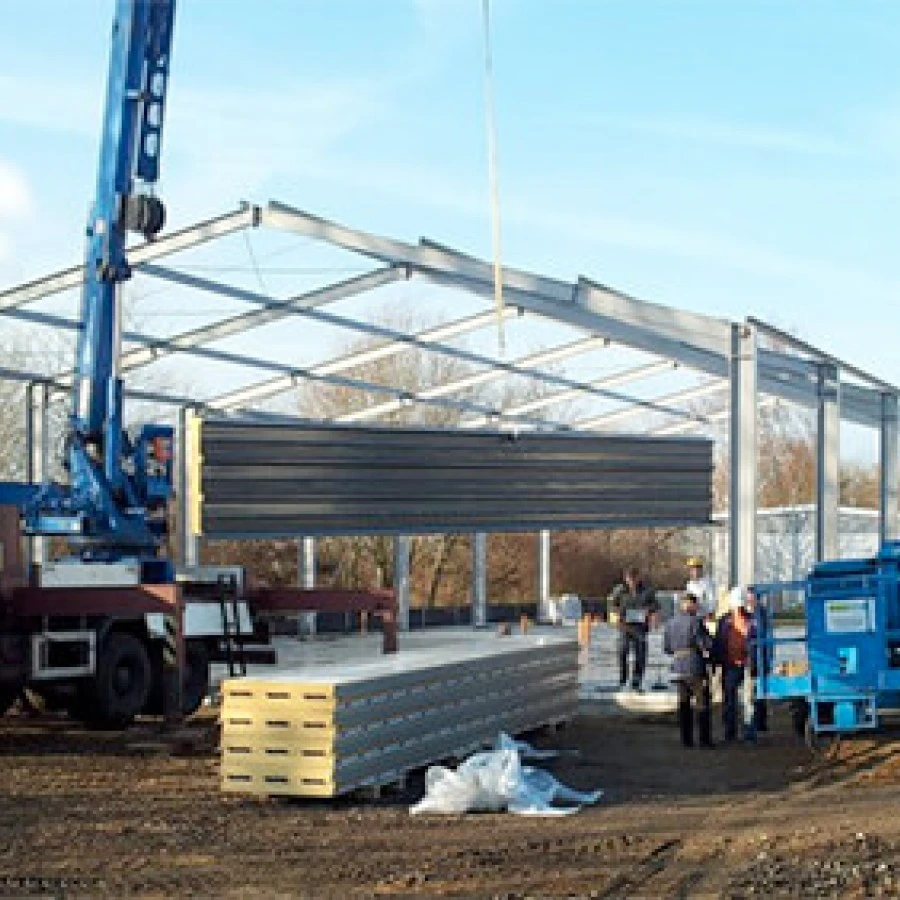- Afrikaans
- Albanian
- Amharic
- Arabic
- Armenian
- Azerbaijani
- Basque
- Belarusian
- Bengali
- Bosnian
- Bulgarian
- Catalan
- Cebuano
- Corsican
- Croatian
- Czech
- Danish
- Dutch
- English
- Esperanto
- Estonian
- Finnish
- French
- Frisian
- Galician
- Georgian
- German
- Greek
- Gujarati
- Haitian Creole
- hausa
- hawaiian
- Hebrew
- Hindi
- Miao
- Hungarian
- Icelandic
- igbo
- Indonesian
- irish
- Italian
- Japanese
- Javanese
- Kannada
- kazakh
- Khmer
- Rwandese
- Korean
- Kurdish
- Kyrgyz
- Lao
- Latin
- Latvian
- Lithuanian
- Luxembourgish
- Macedonian
- Malgashi
- Malay
- Malayalam
- Maltese
- Maori
- Marathi
- Mongolian
- Myanmar
- Nepali
- Norwegian
- Norwegian
- Occitan
- Pashto
- Persian
- Polish
- Portuguese
- Punjabi
- Romanian
- Russian
- Samoan
- Scottish Gaelic
- Serbian
- Sesotho
- Shona
- Sindhi
- Sinhala
- Slovak
- Slovenian
- Somali
- Spanish
- Sundanese
- Swahili
- Swedish
- Tagalog
- Tajik
- Tamil
- Tatar
- Telugu
- Thai
- Turkish
- Turkmen
- Ukrainian
- Urdu
- Uighur
- Uzbek
- Vietnamese
- Welsh
- Bantu
- Yiddish
- Yoruba
- Zulu
Sep . 06, 2024 08:44 Back to list
Residential Steel Frame Construction A Modern Approach to Home Building
In recent years, residential steel frame construction has emerged as a popular and innovative approach to building homes. As urban populations grow and land becomes scarce, traditional construction methods are evolving to meet the demands of modern living. Steel framing offers a range of benefits that make it an attractive option for homeowners and builders alike.
One of the primary advantages of steel frame construction is its strength and durability. Steel is inherently more robust than wood, allowing for longer spans and larger open spaces within homes. This capability enables architects and designers to create stunning, contemporary designs that showcase open floor plans and high ceilings. Additionally, steel framing is resistant to common issues that affect wooden structures, such as warping, termites, and decay. This longevity translates into lower maintenance costs and a longer lifespan for residential buildings.
Another significant benefit of steel frame construction is its speed of assembly. Prefabricated steel components can be fabricated off-site and then delivered to the construction location. This process not only reduces construction time but also minimizes on-site waste and disruptions. Homeowners can move into their new residences more quickly, which is a crucial factor in today’s fast-paced world.
Furthermore, steel framing is highly sustainable. Steel is one of the most recycled materials globally, with a significant percentage of new steel products containing recycled content. The use of steel in construction supports environmental conservation efforts by reducing the demand for virgin materials. Additionally, the energy efficiency of steel-framed homes can be enhanced with proper insulation, resulting in lower heating and cooling costs for homeowners.
residential steel frame construction

Cost-effectiveness is another key consideration. While the initial cost of steel framing may be higher than traditional wood framing, the long-term savings make it a financially appealing option. The reduced maintenance expenses, energy efficiency, and longevity of steel structures can result in significant savings over time. Moreover, insurance premiums for steel-framed homes are often lower due to their resistance to natural disasters, such as hurricanes and earthquakes, further enhancing their economic viability.
In terms of design flexibility, steel framing provides architects and designers the freedom to experiment with various layouts and styles. Because steel can support heavy loads, multi-story construction becomes easier, appealing to urban developers looking to maximize space. This flexibility not only meets the aesthetic desires of homeowners but also responds to the need for functional living spaces in tightly packed urban environments.
Despite these advantages, it is essential to be aware of certain considerations when opting for steel frame construction. Proper insulation and thermal bridging solutions are necessary to ensure energy efficiency, as steel can conduct heat more readily than wood. Additionally, potential corrosion of steel must be addressed through protective coatings and regular maintenance.
In conclusion, residential steel frame construction stands out as a modern, efficient, and sustainable approach to building homes. With its myriad advantages, including strength, speed, sustainability, and design flexibility, it is an option that meets the needs of contemporary living. As the construction industry continues to evolve, steel framing may play a crucial role in shaping the homes of the future.
-
Navigating the World of Steel Building Services: Who to Choose?
NewsJun.23,2025
-
How Do Steel Frame and Prefab Building Factories Shape Modern Construction?
NewsJun.23,2025
-
How Do Steel and Metal Structures Shape Modern Industrial Spaces?
NewsJun.23,2025
-
How Do Prefab Buildings of Various Sizes Meet Modern Construction Needs?
NewsJun.23,2025
-
How Do Factory Buildings and Metal Structures Redefine Industrial Infrastructure?
NewsJun.23,2025
-
Exploring Key Aspects of Industrial Building Development: What You Need to Know?
NewsJun.23,2025
Products categories
Our Latest News
We have a professional design team and an excellent production and construction team.












